Thyroid Gland
The thyroid gland is a small, butterfly-shaped gland located in the front of the neck, just below the Adam's apple. It is an essential part of the endocrine system and plays a crucial role in regulating metabolism, growth, and development in the body.
Functions of the Thyroid Gland
- Regulation of Metabolism: The thyroid gland produces hormones, such as thyroxine (T4) and triiodothyronine (T3), which play a key role in regulating the body's metabolic rate. These hormones control how quickly the body uses energy, affects the body's temperature, and influences weight.
- Regulation of Growth and Development: Thyroid hormones are also essential for normal growth and development, particularly in children. They play a critical role in the development of the brain and the central nervous system.
- Regulation of Body Temperature: The thyroid gland helps regulate body temperature by influencing the body's metabolic processes.
Common Thyroid Disorders
Disorders of the thyroid gland can lead to either overactivity (hyperthyroidism) or underactivity (hypothyroidism) of the gland, causing a range of symptoms and health issues.
- Hyperthyroidism: This condition occurs when the thyroid gland produces an excess of thyroid hormones. Symptoms may include weight loss, rapid heart rate, anxiety, and tremors.
- Hypothyroidism: In contrast, hypothyroidism occurs when the thyroid gland does not produce enough thyroid hormones. Common symptoms include fatigue, weight gain, depression, and sensitivity to cold.
Thyroid Gland Examination
Healthcare professionals can assess the function and size of the thyroid gland through physical examination, blood tests to measure hormone levels, and imaging studies, such as ultrasound or a thyroid scan.
Study Guide
To understand the thyroid gland in depth, here are some key topics to study:
- Structure and location of the thyroid gland
- Functions of thyroid hormones
- Regulation of metabolism by the thyroid gland
- Impact of thyroid hormones on growth and development
- Common disorders of the thyroid gland
- Diagnostic methods for assessing thyroid function
It's also important to familiarize yourself with the anatomy of the neck and the surrounding structures, as well as the interconnectedness of the endocrine system with other body systems.
Remember to review the use of medical terminology related to the thyroid gland and its disorders to fully grasp the subject matter.
Good luck with your studies!
[Thyroid Gland] Related Worksheets and Study Guides:
.◂Science Worksheets and Study Guides Eighth Grade. Understanding Weather
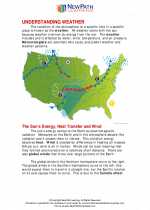
 Activity Lesson
Activity Lesson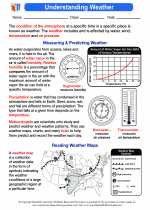
 Worksheet/Answer key
Worksheet/Answer key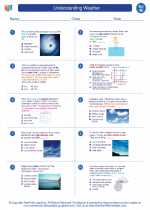
 Worksheet/Answer key
Worksheet/Answer key
 Worksheet/Answer key
Worksheet/Answer key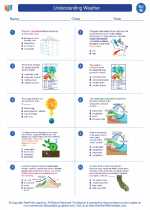
 Worksheet/Answer key
Worksheet/Answer key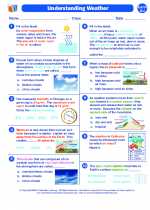
 Vocabulary/Answer key
Vocabulary/Answer key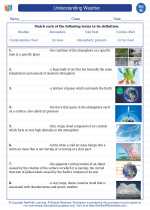
 Vocabulary/Answer key
Vocabulary/Answer key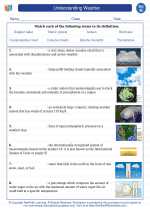
 Vocabulary/Answer key
Vocabulary/Answer key
